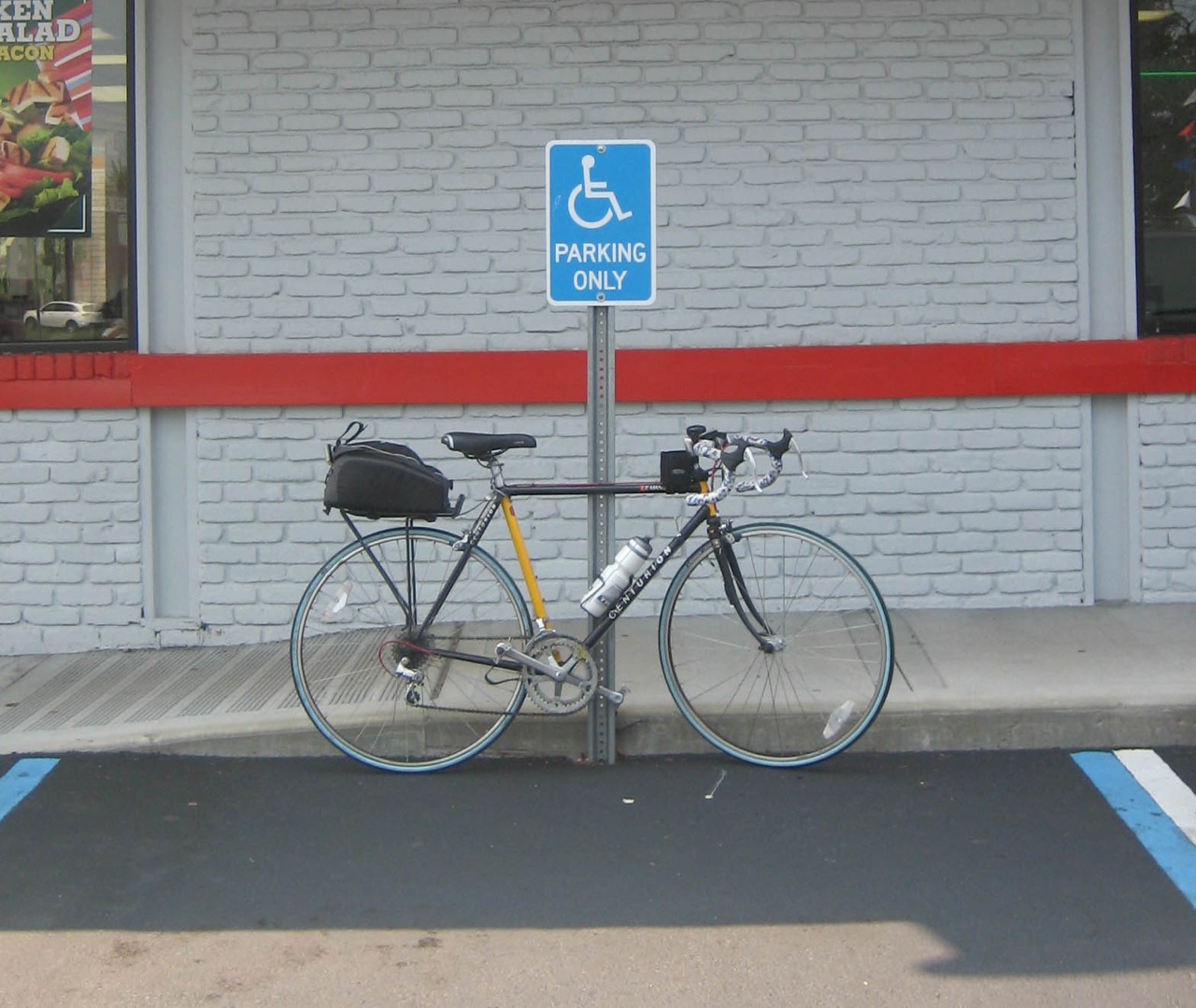According to most information out there on the internet, the majority of people group bridges into six main types:
Beam bridges - a rigid, horizontal structure that rests on two end supports. Beam bridges are the most basic of bridge design – like a log over a creek.
Cantilever bridges - a bridge built using cantilevers: structures that project horizontally into space, supported on only one end.
A simple cantilever span is formed by two arms that extend from opposite sides of the obstacle to be crossed and meet at the center.
The Queensboro Bridge is an example of a cantilever bridge.
Arch bridges - a bridge with abutments at each end shaped as a curved arch.
The Hell Gate Bridge is an example of an arch bridge.
Suspension bridges - Suspended from two high locations over a river or canyon, simple suspension bridges follow a shallow downward arc. Advances led to the development of the suspended-deck suspension bridge, a modern bridge capable of carrying vehicles and light rail. Instead of the deck following the downward arc of the main load-bearing cables (or chains), these cables are suspended between towers, and vertical suspender cables carry the weight of the deck below, upon which traffic crosses.
The Brooklyn Bridge is an example of a suspension bridge.
Cable-Stayed bridges - a bridge that consists of one or more columns (normally referred to as towers or pylons), with cables supporting the bridge deck. The cable-stay design is the optimum bridge for a span length between that of cantilever bridges and suspension bridges.
The East 153rd Street Bridge is an example of a cable-stayed bridge.
Truss bridges - a bridge composed of connected elements (typically straight) which may be stressed from tension, compression, or sometimes both in response to dynamic loads. This type of bridge structure has a fairly simple design and is particularly cheap to construct owing to its efficient use of materials. The truss may carry its roadbed on top, in the middle, or at the bottom of the truss.
The Kosciuszco Bridge is an example of a truss bridge.
Subgroups of these include:
Aqueduct, Causeway, Clapper, Compression Arch Suspended Deck,
Girder, Pontoon, Segmental, Side Spar, Trestle, Tubular, and Viaduct.
Moveable bridges are seen as a separate engineering idea, and include:
Drawbridge - the bridge deck is hinged on one end
Bascule bridge - a drawbridge hinged on pins with a counterweight to facilitate raising
Folding bridge - a drawbridge with multiple sections that collapse together horizontally
Curling bridge - a drawbridge with multiple sections that curl vertically
Lift bridge - the bridge deck is lifted up by counterweighted cables mounted on towers
Table bridge - a lift bridge with the lifting mechanism mounted underneath it
Retractable bridge (Thrust bridge) - the bridge deck is retracted to one side
Rolling bascule bridge - an unhinged drawbridge which is lifted by the rolling of a large gear segment along a horizontal rack
Submersible bridge - the bridge deck is lowered down into the water
Tilt bridge - the bridge deck, which is curved, is lifted up at an angle
Swing bridge - the bridge deck rotates around a fixed point, usually at the center, but may resemble a gate in its operation
Transporter bridge - a structure high above carries a suspended, ferry-like structure
Jetway - a passenger bridge to an airplane
Most information taken from Wikipedia "Bridge" Entry
For a graphic layout of basic bridge types go to pghbridges.com
There are 2,027 bridges in NYC.
I'm trying find all of them.
And then cross all of them.
Tuesday, September 18, 2007
Types of Bridges
Posted by
bikebrooklyn
at
12:20 PM Permalink
![]()
Subscribe to:
Post Comments (Atom)

No comments:
Post a Comment